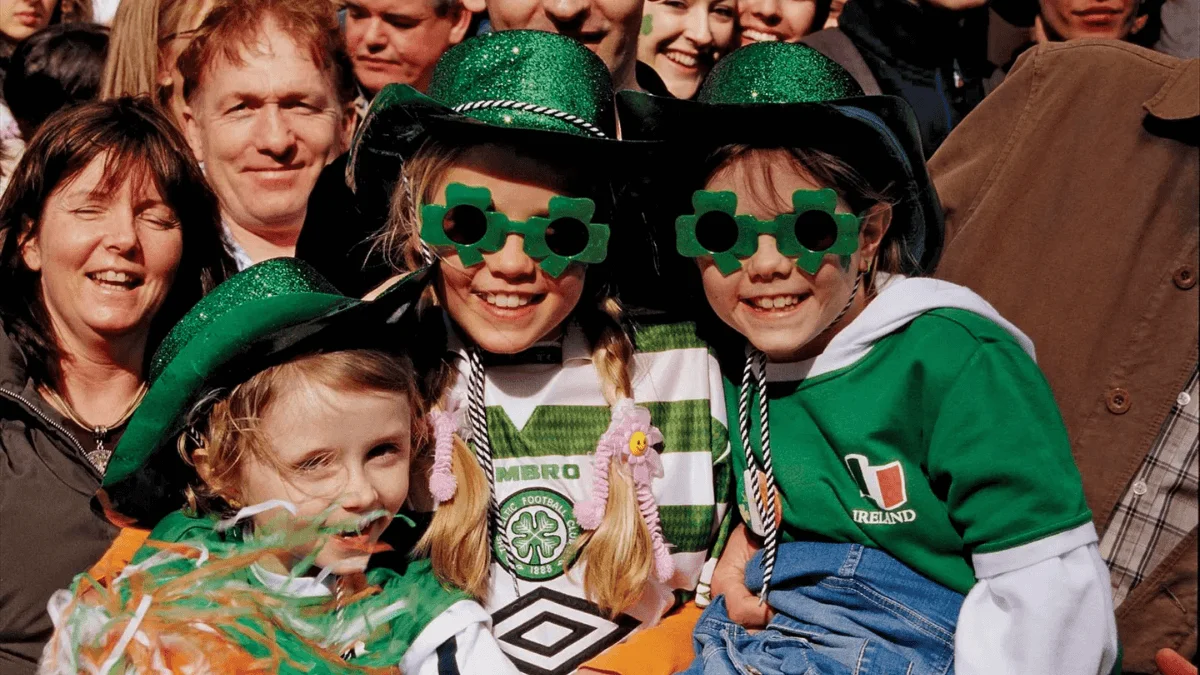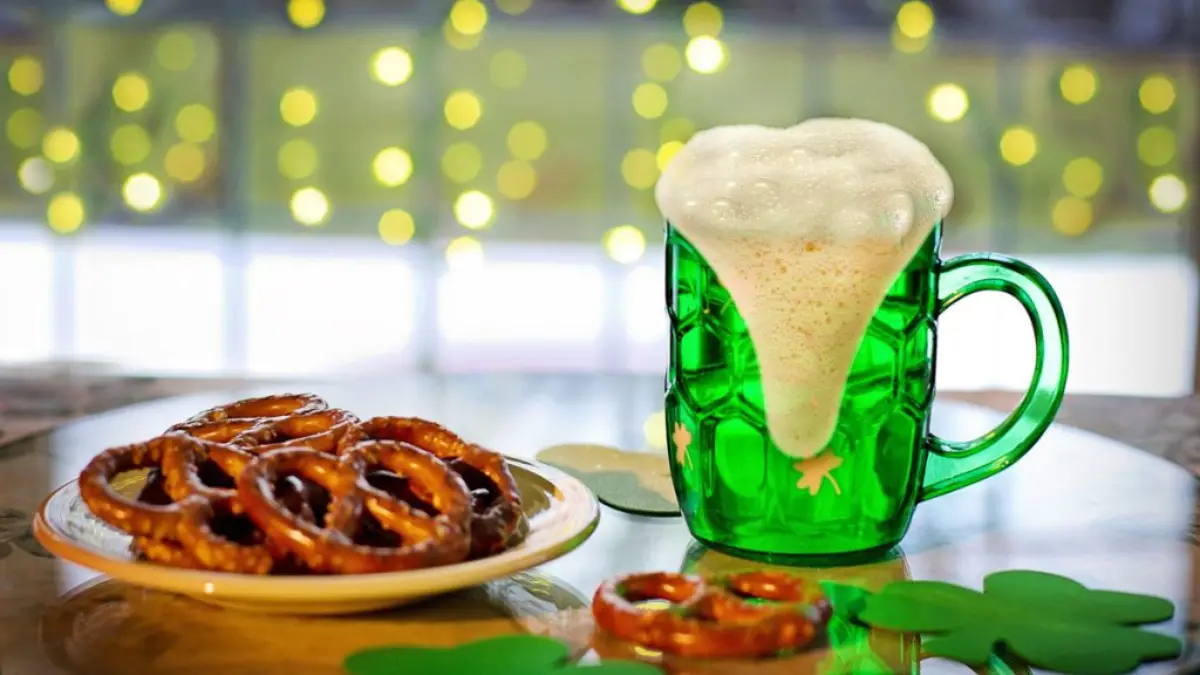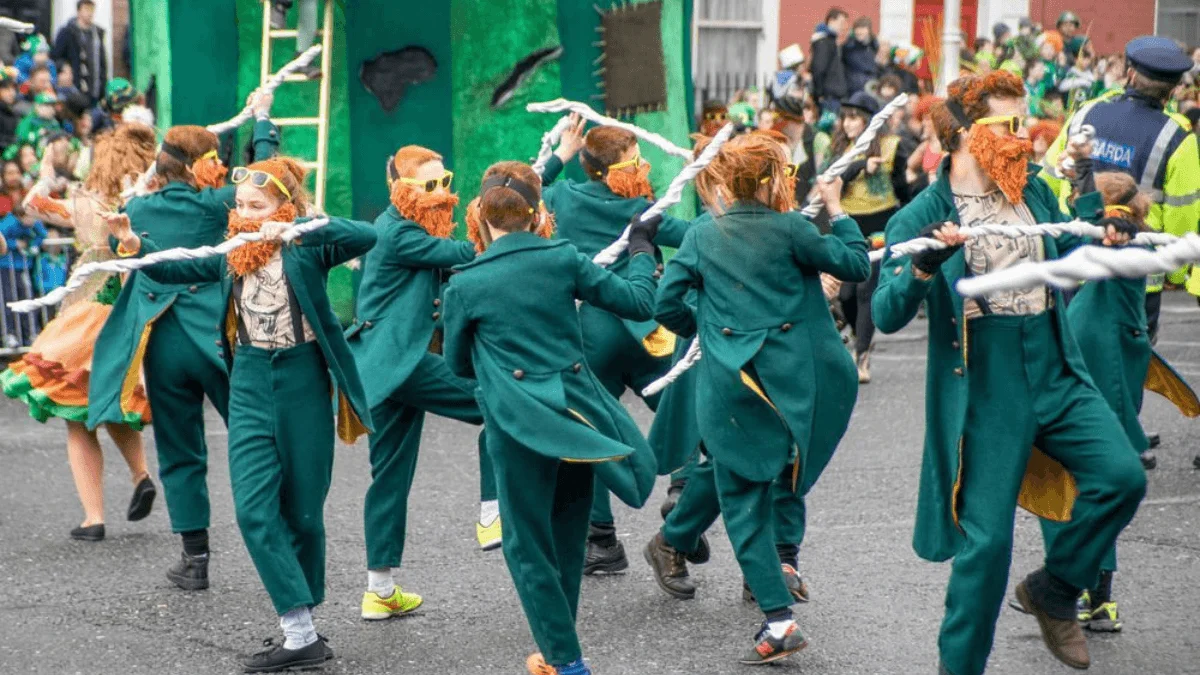St. Patrick’s Day, celebrated every year on March 17th, is a cultural and religious holiday in Ireland. It commemorates St. Patrick, the patron saint of Ireland. He is the arrival of Christianity in the country.
The day is marked with parades, wearing of green attire, and public festivals. In this blog post, we will explore the significance of St. Patrick’s Day in Ireland, the traditions associated with it, and how it is celebrated today.
Who was Saint Patrick?
St. Patrick, born in the late 4th century, is one of Ireland’s patron saints. He is credited with bringing Christianity to Ireland.
Despite being captured at a young age by Irish raiders and spent six years in captivity, he returned to Ireland after a divine revelation. He spent the rest of his life converting the Irish to Christianity and establishing monasteries, churches, and schools.

The Historical Significance of St. Patrick’s Day
St. Patrick’s Day has its roots in the early 17th century when it was made an official feast day by the Catholic Church. It was initially observed as a religious holiday, and until the late 20th century, laws mandated that pubs be closed on March 17th.
Over time, the day has evolved into a celebration of Irish culture and heritage.
1. St. Patrick’s Day: A National Holiday
In Ireland, St. Patrick’s Day is a public holiday. Schools, banks, and government offices are closed. The day is marked by public parades and festivals, céilithe (traditional Irish gatherings), and the wearing of green attire or accessories. Many people also attend mass to honor St. Patrick.
2. Religious Aspects
While St. Patrick’s Day is celebrated worldwide with parades and parties, it is still a holy day of obligation for Ireland’s Catholics. Church services on St. Patrick’s Day typically include prayers, hymns, and a sermon on the life of St. Patrick.
Many families also have a meal that includes traditional Irish food.
3. Cultural Celebrations
St. Patrick’s Day is a showcase for Irish culture. Parades feature marching bands playing traditional Irish music, and dancers performing Irish dances.
Many people dress in green or wear a symbol of Ireland, such as a shamrock or a harp.
4. St. Patrick’s Day: A Global Phenomenon
While St. Patrick’s Day is a national holiday in Ireland, it is celebrated by millions of people around the world. Major cities across the globe hold St. Patrick’s Day parades, and landmarks around the world are lit up in green to honor the day.
What happens in Ireland on St. Patrick’s Day?
The day is marked by community-wide celebrations that showcase Irish pride and honor St. Patrick, the patron saint of Ireland.
1. Parades and Festivals
One of the most prominent features of St. Patrick’s Day in Ireland is the parades. Cities and towns across the country hold parades featuring marching bands, traditional Irish music, and elaborate floats.
These parades are a vibrant display of Irish culture and community spirit, with people of all ages participating in the festivities.
2. Religious Observances
St. Patrick’s Day is not just a cultural celebration, but also a religious one. Many Irish people attend church services on March 17th to honor St. Patrick, who is credited with bringing Christianity to Ireland.
These services often include prayers, hymns, and a sermon about the life and works of St. Patrick.
3. Traditional Irish Music and Dance
Music and dance play a significant role in St. Patrick’s Day celebrations in Ireland. Traditional Irish music sessions, known as “seisiúns”, take place in pubs and community centers across the country.
Irish step-dancing performances are also a common feature of St. Patrick’s Day festivities.
4. Food and Drink
St. Patrick’s Day in Ireland is also a time for feasting. Traditional Irish dishes like corned beef and cabbage, Irish stew, and soda bread are often enjoyed on this day.
And of course, no St. Patrick’s Day celebration would be complete without a pint of Guinness or a shot of Irish whiskey.

What to wear on St. Patrick’s Day in Ireland?
On St. Patrick’s Day, it is customary to wear green as it is associated with Ireland’s nickname, “The Emerald Isle”. People often wear green clothing and accessories, and some even dye their hair green for the occasion.
Traditional Irish attire, such as Aran sweaters and tweed caps, can also be seen.
1. Significance of Green
The color green holds a deep significance in the celebration of St. Patrick’s Day. It is associated with Ireland, often referred to as the “Emerald Isle” due to its lush green landscapes.
The color green is also linked to the shamrock, a three-leafed plant that St. Patrick, according to legend, used to explain the concept of the Holy Trinity to the pagan Irish. This is why on St. Patrick’s Day, it is customary to wear green as a nod to Irish heritage and St. Patrick himself.

2. Tradition of Wearing Green
The tradition of wearing green on St. Patrick’s Day can be traced back to the 17th century when green ribbons and shamrocks were worn to celebrate the holiday.
Today, this tradition has evolved and expanded globally. From green clothes and accessories to green-colored food and drinks, the world truly turns green on St. Patrick’s Day.
3. Shamrock Connection
The shamrock, a type of clover, is another important symbol of St. Patrick’s Day. Legend has it that St. Patrick used the three leaves of a shamrock to explain the Christian concept of the Holy Trinity to the Irish.
This is why the shamrock is often worn on St. Patrick’s Day and is seen in decorations and festive paraphernalia.
Some Other Colors of St. Patrick’s Day
While green is the most prominent color of St. Patrick’s Day, other colors like orange and white also hold significance. These colors, along with green, make up the Irish flag.
Each color represents a different religious or political community: green for Irish Catholics, orange for Irish Protestants, and white for the hope of peace between them.
While these colors are not as commonly worn as green on St. Patrick’s Day, they are still a part of the holiday’s rich tapestry of traditions.
Related Post
- Guide to St. Patrick’s Day | Activities and Celebrations
- How Saint Patrick’s Day Started
- Complete Overview Of Saint Patrick’s Day 2024
- How Long is the Savannah St Patrick’s Day Parade?
Conclusion
St. Patrick’s Day is a significant cultural and religious holiday in Ireland. It is a day to celebrate Irish heritage and culture, to honor St. Patrick, and to come together as a community.
Whether you’re in Dublin or a small town in the countryside, you’ll find that St. Patrick’s Day in Ireland is a festive and welcoming celebration that invites everyone to participate.
Remember, St. Patrick’s Day is not just about wearing green and watching parades – it’s about honoring the rich history and heritage of Ireland.
So, whether you’re Irish by blood or by heart, take a moment on St. Patrick’s Day to appreciate the culture, traditions, and history that make Ireland truly unique.

